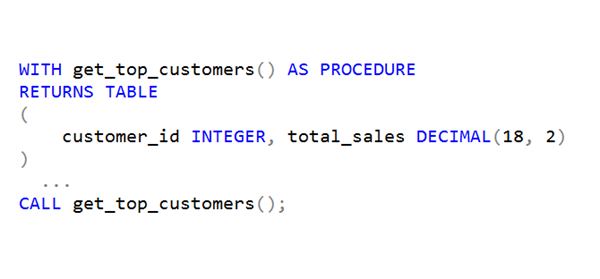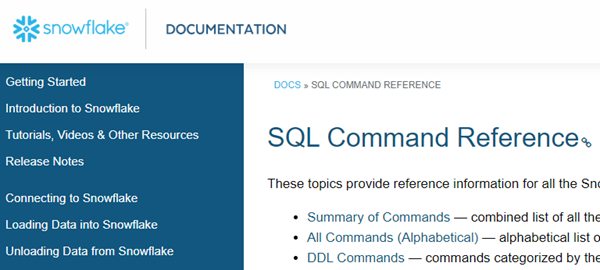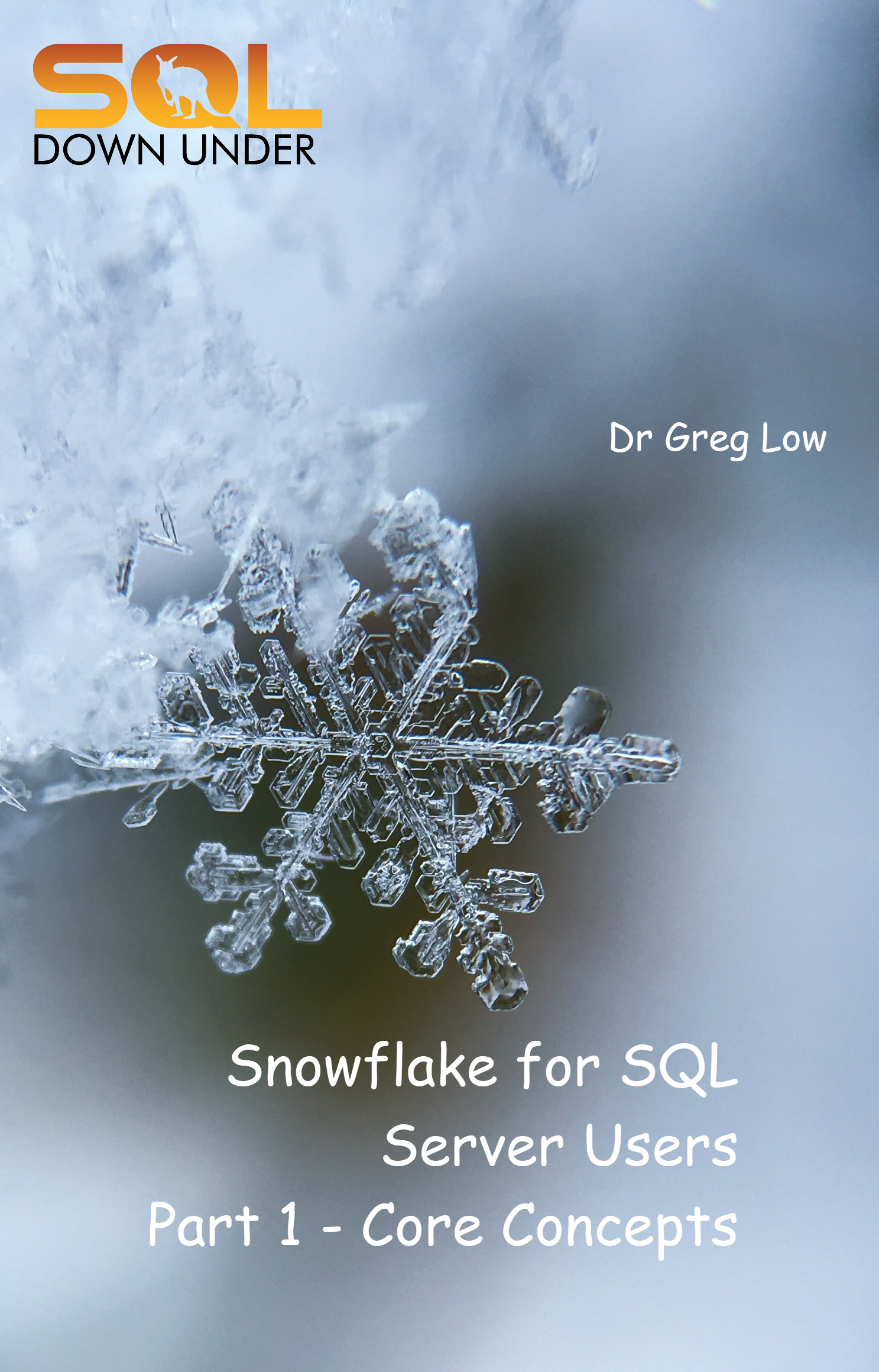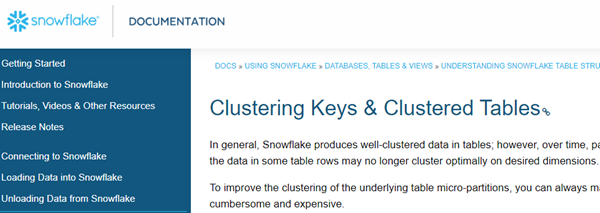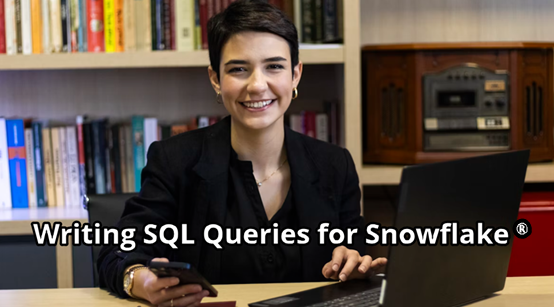
Writing SQL Queries for Snowflake Online Course Released
Our courses on writing T-SQL queries for SQL Server and SQL for PostgreSQL have both been very popular. But we’ve had so many requests for a similar course targeting Snowflake, and we’ve delivered that now.
We’re pleased to announce that this course is now available, and it’s low cost. Just $95 USD. And because Snowflake is web-based, you don’t even need to install anything to do the course. You can find details of it here:
2025-09-25

